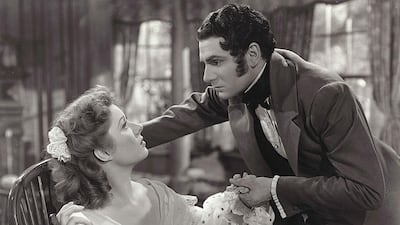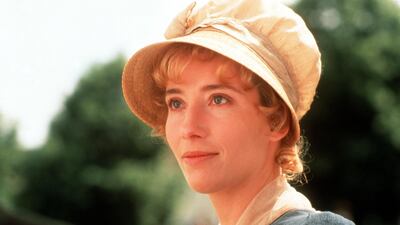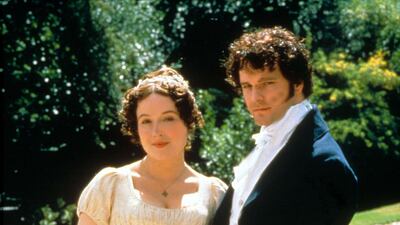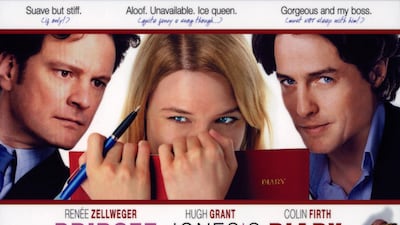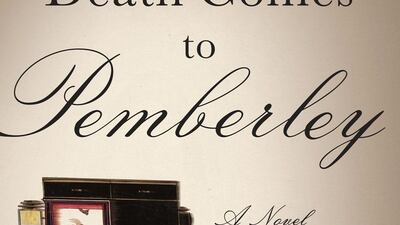It is a truth universally acknowledged that the measure of literary greatness lies not just in a writer’s ability to transport the reader into a parallel universe, but in their resonance beyond the page.
If that’s the case, then the column inches that are currently being generated about Jane Austen, who died 200 years ago on July 18 1817, would seem to mean that she’s a very influential writer indeed.
To mark the anniversary, the Bank of England are unveiling a new £10 note bearing the author's likeness and a quote from the novel, Pride and Prejudice, while celebratory exhibitions, talks, walks and costumed masked balls and Regency promenades are taking place across the UK.
Like her readership however, Austen’s appreciation is world-wide. The Jane Austen Society has branches in the UK, Australia, New Zealand, Brazil and Argentina and when the North American chapter gathered in Texas in 2011, 800 delegates turned up to appreciate what Henry James once described as the “extraordinary grace of her facility”.
Amongst contemporary writers, JK Rowling and Simon Schama are both on-record fans and as the critic Edmund Wilson wrote in the middle of the last century, Austen is one of the few writers in English whose appeal seems never to have waned.
“There have been several revolutions of taste during the last century and a quarter of English literature, and through them all perhaps only 2 reputations have never been affected by the shifts of fashion,” Wilson wrote in 1944. “Shakespeare and Jane Austen’s”.
The enduring popularity Austen's Pride and Prejudice is a case in point. Since it was published in 1813, the novel has never been out of print and has sold more than 20 million copies.
Such is the book's popularity that it has also inspired everything from a crime novel, PD James' Death Comes to Pemberley (2011), to Oscar and Emmy-winning movies, TV series, YouTube adaptions, musicals and even genre-bending mash-up movies such as Pride and Prejudice and Zombies (2016) and Bollywood hits including the Aishwarya Rai vehicle, Bride & Prejudice (2004).
Despite Austen's current profile, which owes much to a series of recent award-winning adaptations such as Ang Lee's Sense and Sensibility, which was written and starred Emma Thompson and the Joe Wright-directed Pride and Prejudice from 2005, the novelist fails to measure up when it comes to writing all-time writing credits and sales.
In terms of writer’s credits on the film website IMDB, an admittedly crude and imprecise way of measuring an author’s worth, Austen only garners 50 writing credits for films, TV series, made-for-TV movies, and even video games, whereas Shakespeare achieves a chart-topping score of 1280 credits while Anton Chekhov manages a surprising 455.
If this crude credit rating helps to put Austen’s adaptive power into some kind of perspective, the last word on the balance between the writer’s reputation and her influence should belong to the English novelist, biographer, and critic Margaret Drabble, a far more serious and reliable guide.
“There are some writers who wrote too much. There are some writers who wrote enough” Drabble commented in 1974.
“There are yet others who wrote nothing like enough to satisfy their admirers, and Jane Austen is certainly one of these.”
